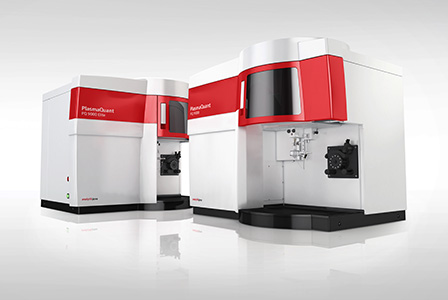ICP-OES assists with reliable analysis of electrolytic etching solutions
Jena, December 10, 2018 — The analysis of electrolytic etching solutions is a challenge for a large number of laboratories. Complex matrices from concentrated acids and spectral interferences make it difficult to screen for possible impurities. Regular analysis of the solutions is crucial to the quality of subsequent production processes since even the slightest impurities can have severe consequences.
The automotive and aviation industries and mechanical engineering are employing electrolytic etching solutions for the surface treatment of metals. Finding solutions with a consistent level of quality is the key to producing high quality components. The regular detection of trace elements and matrix elements therefore plays a decisive role in quality assurance of etching solutions. Contaminated or inferior etching solutions cause the surface properties components to be defective, and the quality of the end product to be inferior. This is something that no industry can afford.
With the PlasmaQuant PQ 9000 series, Analytik Jena offers solutions for the reliable and efficient analysis of electrolytic etching solutions. This ICP-OES range combines the highest analytical standards, high-performance technologies and efficient data processing in one package, which has yet to be matched in terms of sensitivity, freedom from interference and precision. This helps to make the analysis of sample matrices a routine task.
PlasmaQuant PQ 9000 and PQ 9000 Elite are particularly effective in the analysis of difficult matrices. The ICP-OES devices of the series are the ideal solutions for laboratories that work with these sorts of complex samples on a daily basis.
For more information, go to https://www.analytik-jena.de/en/analytical-instrumentation/products/optical-emission-spectrometry.html.

With the PlasmaQuant PQ 9000 series, Analytik Jena offers solutions for the reliable and efficient analysis of electrolytic etching solutions.
